Sodium Chloride 500gm
Sodium chloride, also commonly known as table salt or halite, is a chemical compound with the formula NaCl. It is an ionic compound formed from sodium (Na+) and chloride (Cl-) ions. Sodium chloride is essential for many biological processes and has numerous applications in various fields.
Here’s a breakdown of key aspects of sodium chloride:
Properties:
- Appearance: White crystalline solid at room temperature
- Odor: Odorless
- Solubility: Highly soluble in water
- Melting point: 801 °C (1474 °F)
- Boiling point: 1465 °C (2669 °F)
SKU:
ACS27446CHEM0
Categories: Analytical Reagents, Builders, Coagulants and Flocculants, Excipients, Flavor Enhancers, PH Adjusters, Preservatives
Description
Uses of Sodium Chloride
- Preparation of Solutions: One of the most frequent uses of sodium chloride in laboratories is for preparing solutions with specific ionic strengths or controlled physiological conditions. These solutions play a vital role in various biological experiments. For instance:
- Physiological saline solutions: These solutions mimic the salt concentration of fluids within the body (around 0.9% NaCl) and are used to maintain the integrity of cells and tissues during biological experiments.
- Balanced salt solutions (BSS): These are more complex formulations containing additional components besides sodium chloride to closely resemble the electrolyte balance of specific bodily fluids or tissues. They are used in cell culture experiments and physiological studies.
- Precipitation Reactions: Sodium chloride’s ability to precipitate certain other salts from solution makes it a useful tool in qualitative analysis. By adding sodium chloride solution to another solution containing a specific metal ion, a visible precipitate (solid formed from a solution) might form, indicating the presence of that particular metal. This helps in identifying the components present in an unknown solution.
- Conductivity Measurements: Sodium chloride solutions with known concentrations are used to calibrate conductivity meters. These instruments measure the ability of a solution to conduct electricity, which is related to the concentration of ions present. By measuring the conductivity of a solution with a calibrated meter, researchers can estimate the concentration of ions in unknown solutions.
Reviews (0)
Be the first to review “Sodium Chloride 500gm” Cancel reply
Shipping & Delivery
Related products
Aluminium sulphate Alum Rock
Login to see prices
Rated 4.97 out of 5
Aluminium sulphate, also known as alum, is a chemical compound made up of aluminium, sulphur and oxygen. It has the chemical formula Al2(SO4)3 and is commonly used in water treatment plants as a coagulant to remove impurities such as suspended particles, organic matter, and bacteria from water.
Alum is a white crystalline substance that dissolves in water to form a colourless solution. It has a variety of other applications, including in the manufacturing of paper, textiles, and in various industrial processes. In addition, alum has medicinal uses as an astringent and as a component of antiperspirants.
Aluminum hydroxide
Aluminium hydroxide is a chemical compound with the formula Al(OH)3. It is an inorganic compound that is commonly used as an antacid to neutralize excess stomach acid, as well as a component in the manufacture of various products, such as ceramics, paper, and cosmetics. It is a white, powdery substance that is insoluble in water and has a low toxicity. When heated, it decomposes to produce aluminium oxide, or alumina, which is used in the production of aluminium metal.
Caustic Soda Flakes 25 kg bags
Caustic Soda Flakes (Sodium hydroxide,) commonly known as caustic soda or lye, is a highly caustic and alkaline compound that is used in various industries for its strong basic properties, including the production of soaps, detergents, and paper. It is a white, odorless solid that is highly soluble in water and can be extremely hazardous if not handled properly. Sodium hydroxide is a strong base that can cause severe burns and tissue damage upon contact with skin and other organic matter.
Ferric Chloride 98% 25kg [Anhydrous]
Ferric chloride anhydrous is a dark brown, crystalline solid with the chemical formula FeCl3. It is an inorganic compound that is highly soluble in water and has a strong acidic odor. Ferric chloride anhydrous is a powerful oxidizing agent and is commonly used as a coagulant in water treatment, as a catalyst in chemical reactions, and as a etchant in the electronics industry. It is also used in the production of dyes, pigments, and other chemicals. Ferric chloride anhydrous is a corrosive substance that should be handled with care, as it can cause skin and eye irritation and can be harmful if ingested or inhaled
Magnesium chloride
Magnesium chloride is an inorganic compound with the chemical formula MgCl2. It is a crystalline salt that is composed of magnesium and chloride ions. In its solid form, it appears as a white or colorless crystalline powder. Magnesium chloride is highly soluble in water and forms hydrated forms, such as magnesium chloride hexahydrate (MgCl2·6H2O), which is commonly used in various applications.
Magnesium chloride is primarily obtained from natural sources, such as brine deposits or seawater, and it can also be produced by chemical processes. It has a wide range of uses in various industries and applications. It is commonly employed as a deicing agent for roads and highways during winter, as it effectively lowers the freezing point of water. In addition, it is used in the production of magnesium metal, as a component in the preparation of tofu, as a dust suppressant, and as a nutrient supplement in agriculture and animal feed.
Medically, magnesium chloride can be utilized as a mineral supplement for individuals with magnesium deficiencies. It may also be administered intravenously in certain medical treatments. Furthermore, magnesium chloride has been explored for its potential therapeutic benefits, such as in the management of asthma, constipation, and magnesium deficiency-related conditions.
Overall, magnesium chloride is a versatile compound with various practical applications across different industries, while also offering potential health benefits.
Poly Aluminium chloride PAC
Poly aluminium chloride (PAC) is a water treatment chemical compound that is used to purify and clarify water. It is a coagulant that works by destabilizing and aggregating suspended particles in water, which makes them easier to remove by sedimentation or filtration. PAC is often used as an alternative to traditional aluminum sulfate (alum) and ferric chloride in water treatment, due to its lower required dosage and higher efficiency in removing impurities such as suspended solids, organic matter, and colloidal particles. It is a highly effective and cost-efficient solution for treating both industrial and municipal water.
Sodium Carbonate soda ash light 50kg
Sodium carbonate soda ash light is a refined form of sodium carbonate, which is a white, crystalline compound with the chemical formula Na2CO3. It is called "light" because it has a lower density compared to other forms of sodium carbonate.
Soda ash light is primarily used in industrial and commercial applications, including glass manufacturing, water treatment, detergent production, and as a pH regulator in various chemical processes. It is known for its alkaline properties and its ability to effectively neutralize acidic substances.
Sulphuric acid 47kg 98%
Sulphuric acid is a highly corrosive and strong mineral acid with the chemical formula H2SO4. It is a dense, colorless, odorless, and viscous liquid that is soluble in water and is one of the most widely used chemicals in industry. Sulfuric acid is used in the production of fertilizers, dyes, detergents, and other industrial chemicals. It is also used as a laboratory reagent and in the processing of metals and ores. Sulfuric acid is known for its ability to react violently with many substances, and it should be handled with extreme care.

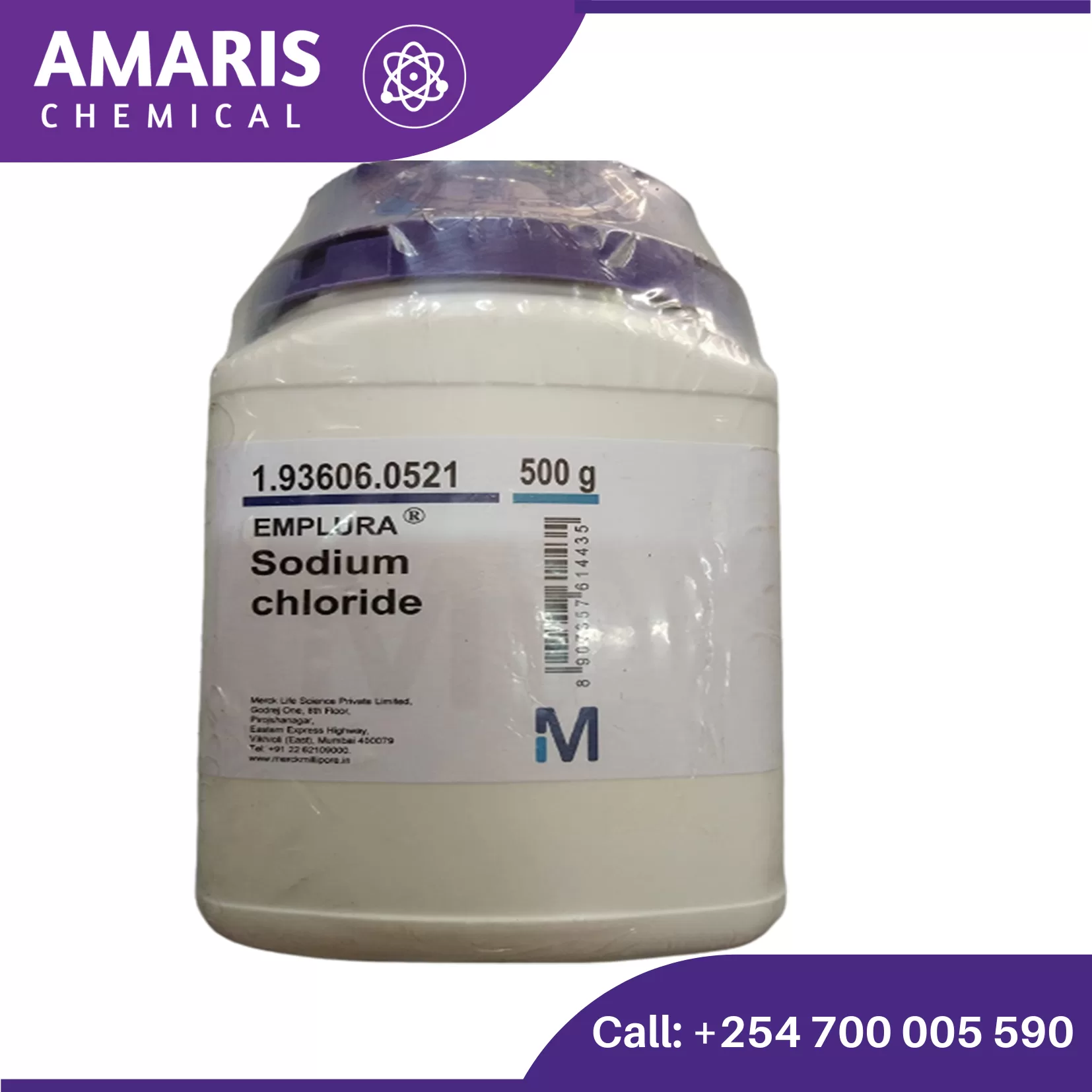
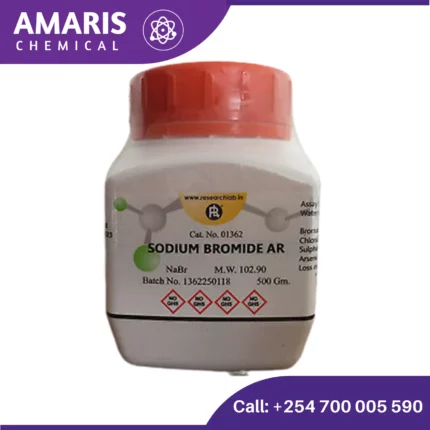


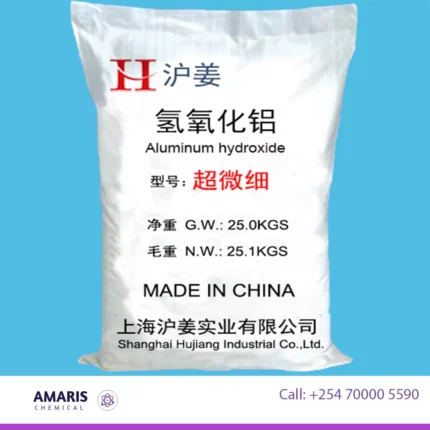
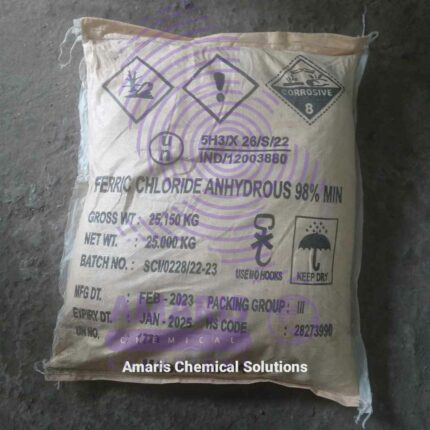
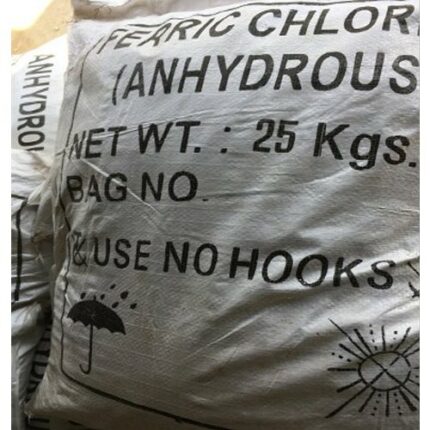
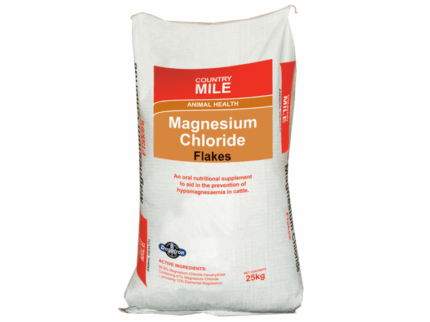
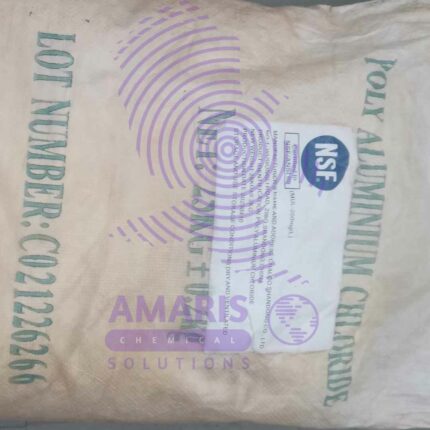
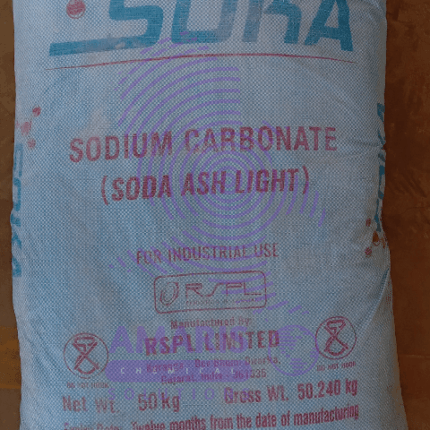







Reviews
There are no reviews yet.